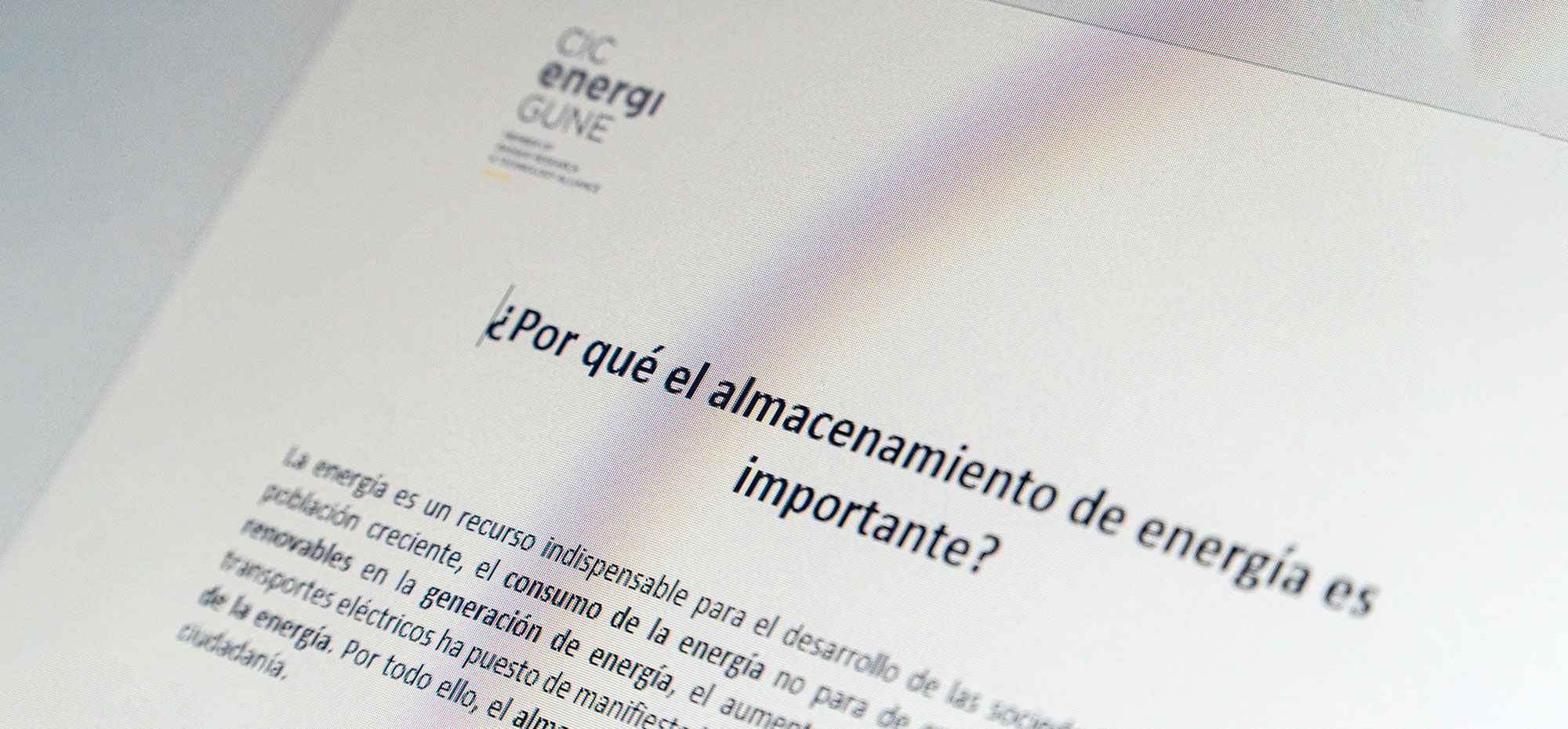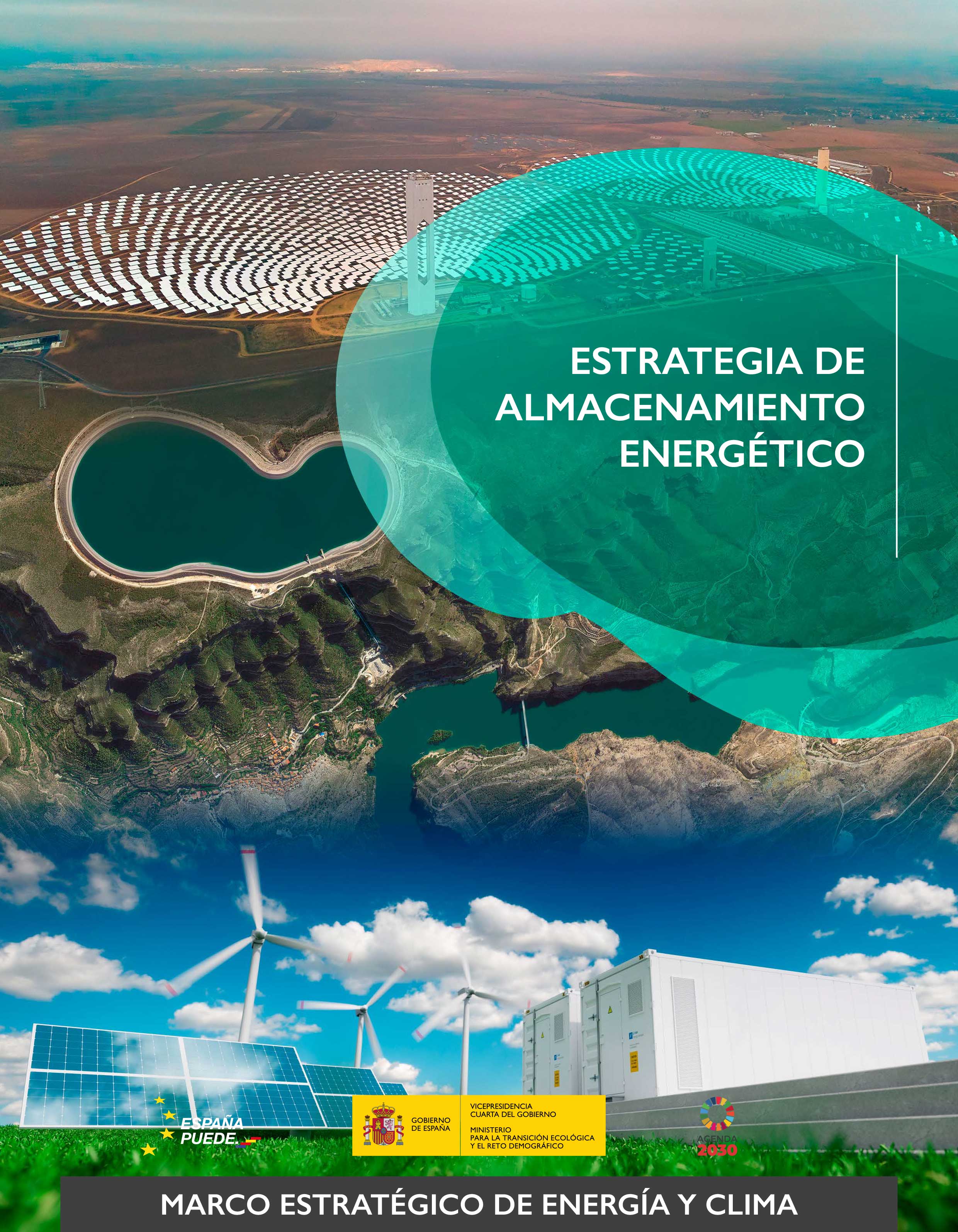This document has been approved after a public consultation process, which includes the contribution of 5 research centers -among which is CIC energiGUNE through its General Manager, Nuria Gisbert- that took part in five workshops for the definition of the strategy, as well as the public consultation of the resulting draft.
Why are energy storage systems important?
As the Ministry points out, the technologies that involve energy storage can provide flexibility and stability to the system, as well as avoiding the loss of clean energy in those moments when there is more renewable energy than can be consumed, making it easier to use it when the demand is higher.
These technologies are favoring the development of market niches such as electromobility or the residential sector through electric self-consumption or thermal energy storage as a solution for insulation in buildings. It is also highly efficient in the industrial sector, where it helps to decarbonize processes that use heat and cold.
The Strategy is part of the set of actions planned to meet the objectives established in the National Integrated Energy and Climate Plan 2021-2030 and the Long-Term Decarbonization Strategy and envisages having a total energy storage capacity of around 20GW in 2030 and 30GW by 2050, when the current capacity stands at 8.3 GW.








